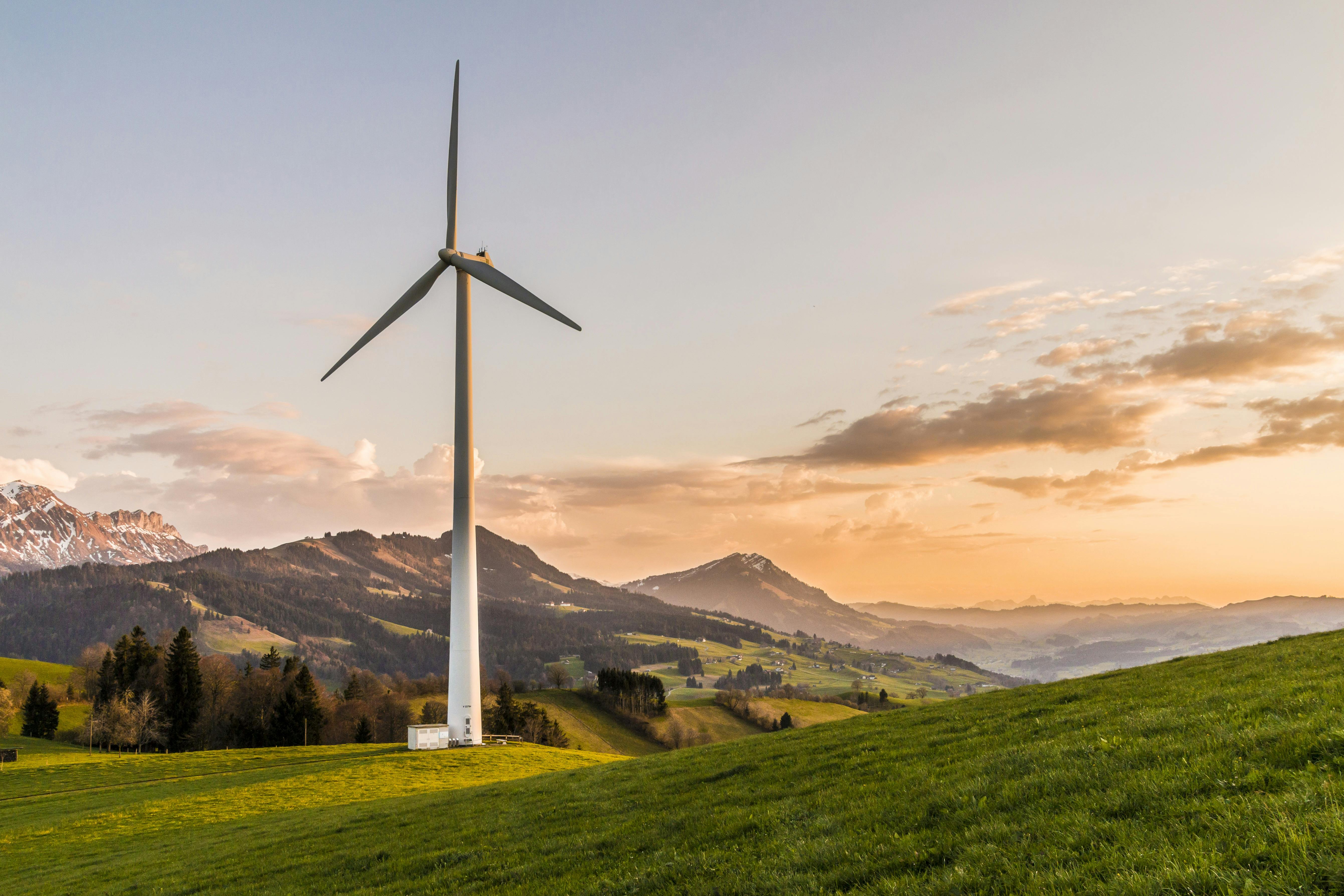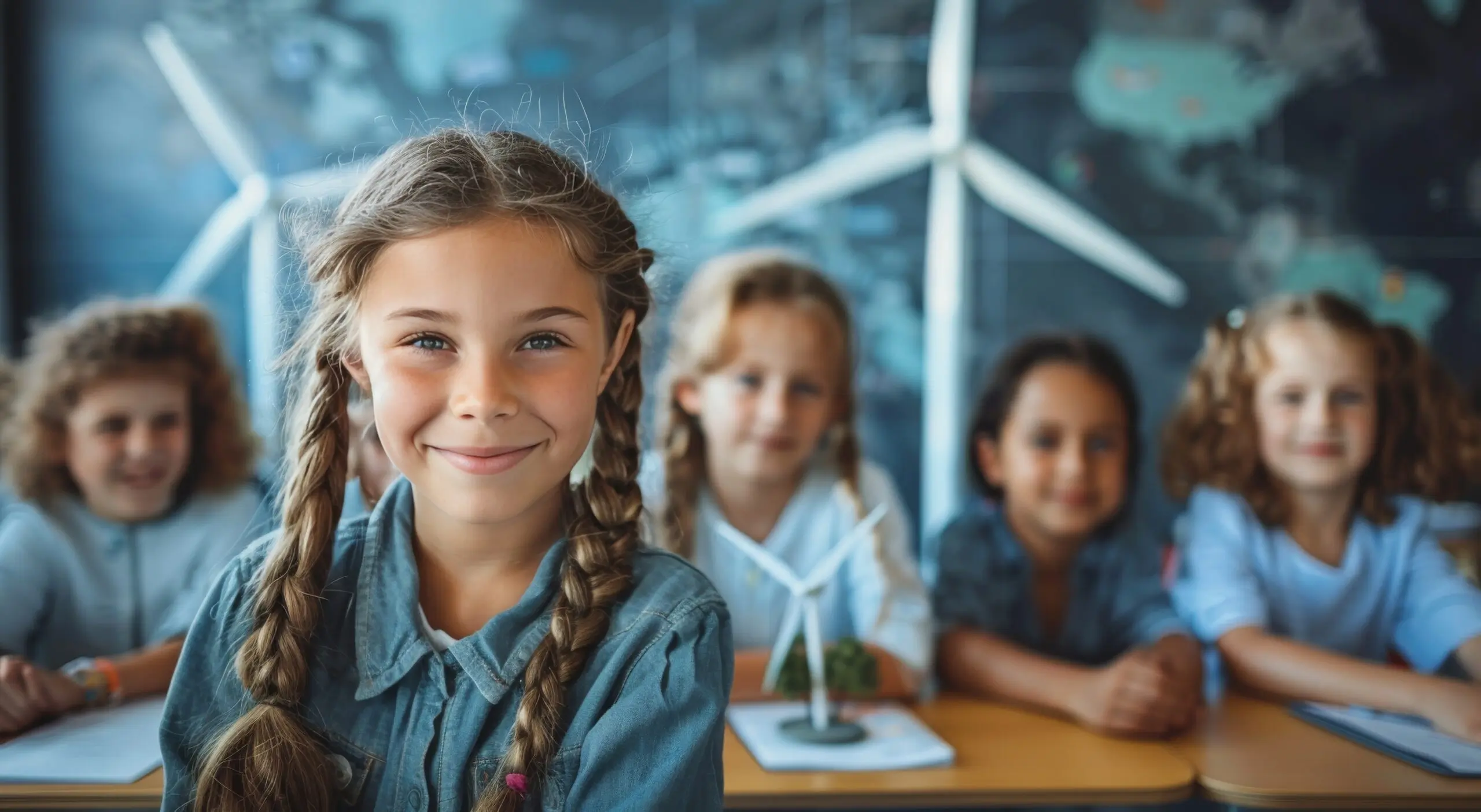
Key Highlights
- The mechanical properties of offshore wind power cables are crucial for their performance and longevity.
- Durability and flexibility are paramount for withstanding harsh marine environments.
- Material selection significantly impacts cable performance.
- Anti-corrosion technologies and smart monitoring systems enhance reliability.
- Deep-sea installations present challenges that require innovative solutions.
Introduction
The Journal of Ocean Engineering and Science shows how important offshore wind farms are in renewable energy. As more of these wind farms are built, the need for strong wind power cables that exhibit various mechanical properties of offshore wind power cables increases. This blog post will look at the key mechanical properties of these cables. It will also talk about new ideas that help tackle the special challenges of using wind energy in tough offshore conditions.
Understanding the Importance of Mechanical Properties in Offshore Wind Power Cables

Offshore wind power cables are very important for offshore wind farms. They carry the electricity made by the wind farms back to the land. These cables deal with tough ocean conditions like strong currents, big waves, and salty water, so they need to be very strong and well-built.
If these cables do not work properly, it affects how well the whole wind farm operates. It is important to understand and improve the strength of these cables. This helps to ensure that offshore wind energy projects can succeed for a long time.
The Role of Durability and Flexibility in Harsh Marine Environments
Offshore wind power cables face many environmental challenges. These challenges include strong waves and currents, saltwater damage, and possible hits from marine animals or objects.
To handle these tough conditions, the cables need to be very strong. Their mechanical properties need to resist wear, tearing, and tiredness, which helps them last longer, even in hard marine areas.
Flexibility is also very important. This allows the cables to move with floating platforms and the ongoing motion from waves. This flexibility helps cables bend and twist without losing strength, which helps avoid early failures and expensive repairs.
Impact of Material Selection on Cable Performance and Longevity
The types of materials used play a big role in how well offshore wind power cables work. Strong, corrosion-resistant metals make up the main part of these cables. This helps them conduct electricity well and stay strong.
Also, special polymer compounds provide insulation and protect the cables from weather. These materials need to last a long time against saltwater, UV rays, and extreme temperatures without breaking down.
Future research directions will look at creating stronger and more sustainable materials. This includes testing new alloys and composite materials. The goal is to improve cable performance, lengthen their lifespan, and reduce harm to the environment.
Innovations in Offshore Wind Power Cable Design

The tough conditions at sea push for new ideas in wind power cable design. Researchers and engineers are always creating better materials, ways to make them, and systems to check their performance.
These new ideas help to lower costs for installation and maintenance while improving how well energy is sent through the cables. As offshore wind farms move into deeper waters and face harder challenges, these improvements are really important.
Advances in Anti-Corrosion Technologies for Enhanced Reliability
Corrosion poses a significant threat to the longevity of offshore wind power cables. The constant exposure to seawater and dissolved salts can lead to material degradation and premature failure.
To combat this, several anti-corrosion technologies have been developed and implemented. These include specialized coatings, cathodic protection systems, and the use of corrosion-resistant alloys.
| Anti-Corrosion Technology | Description |
| Specialized Coatings | Protective barriers that prevent contact between the cable and corrosive elements. |
| Cathodic Protection | Electrochemical technique that prevents corrosion by supplying electrons to the cable. |
| Corrosion-Resistant Alloys | Metallic mixtures designed to resist the effects of corrosion in marine environments. |
These advancements significantly enhance the reliability of offshore wind farms by extending the lifespan of crucial cables and reducing the need for costly repairs or replacements.
Integration of Smart Monitoring Systems for Real-Time Performance Assessment
Real-time monitoring of cable health is very important for keeping offshore wind farms running well. Smart monitoring systems use advanced sensors and data analysis to give useful information about how the cables are doing.
These systems can find early signs of problems, like insulation damage, rust, or wear. By giving this information in real-time, operators can fix issues before they become big problems.
This smart way of working reduces downtime, cuts maintenance costs, and helps keep offshore wind energy production reliable and efficient in the long run.
Challenges and Solutions in Offshore Wind Power Cable Installation
Installing offshore wind power cables in difficult marine areas comes with many challenges. They need special ships, detailed planning, and precise work to make sure the cables are put safely on the seabed.
Also, the industry aims to reduce harm to the environment during these installations. They use new methods for burying and protecting the cables. It’s very important to think about the seabed and marine life for the good future of offshore wind energy.
Navigating the Complexities of Deep-Sea Installations
As the need for renewable energy increases, offshore wind farms are being built in deeper waters. This creates new issues for putting in and maintaining cables.
Installations in deep water need special tools and technology that can work under high pressure. The cables must be strong enough to handle these tough conditions without losing their quality or function.
It is also very important to reduce the impact on the environment when installing things deep at sea. This includes:
- Doing complete studies on how the environment will be affected.
- Using cable laying methods that cause less disruption to the seabed.
- Following strict rules to monitor the environment closely.
By solving these problems, the offshore wind farms can take advantage of wind energy in deeper waters while protecting sensitive marine life.
Strategies for Minimizing Environmental Impact During Deployment
Offshore wind farms are good for the environment. However, putting down cables needs careful planning to reduce any harm. Different methods are used during this installation to protect sea life and ecosystems.
A key point is to choose cable paths that stay away from sensitive habitats. These include coral reefs, seagrass beds, and spawning areas. Using advanced sonar surveys and environmental models helps find the best cable routes that cause the least trouble.
Also, special tools are used to bury the cables under the seabed. This makes the cables less visible and reduces the chance of them getting tangled or disturbing sea creatures. By doing this, the cables are safely installed while avoiding harm to the ocean floor.
Conclusion
In conclusion, looking into the mechanical properties of offshore wind power cables shows just how important things like durability, flexibility, and choosing the right materials are. These factors help ensure that the cables work well and last in tough ocean conditions. New technologies, like ways to stop corrosion and smart monitoring systems, make the cables more reliable and allow for checking their status in real time. To deal with installation challenges, such as the difficulties of deep-sea work and the effects on the environment, we need careful planning for sustainable use. Knowing these details is key to improving offshore wind power technology and supporting renewable energy sources. For more information on offshore wind power cables or to find new solutions, check out our frequently asked questions section.
Frequently Asked Questions
What Makes Offshore Wind Power Cables Different from Traditional Cables?
Offshore wind power cables are built to handle much tougher conditions compared to regular cables. They have better mechanical properties. This includes being more durable and flexible. These features help them resist constant waves, strong currents, saltwater damage, and possible impacts in the sea.
How Do Environmental Factors Affect the Mechanical Properties of These Cables?
Marine environments can wear down offshore wind power cables. Saltwater causes corrosion, while UV light breaks down materials. Waves and currents also create stress on the cables. These effects can weaken the cables’ mechanical properties over time. This, in turn, can affect their lifespan and the performance of wind farms.
Can Offshore Wind Power Cables Be Recycled or Repurposed at the End of Their Lifecycle?
Recycling and repurposing options for offshore wind power cables are not very developed yet. However, people are exploring these ideas much more as they focus on sustainability in wind energy. The valuable materials in these cables can be reused. This makes them good options for future circular economy models.

